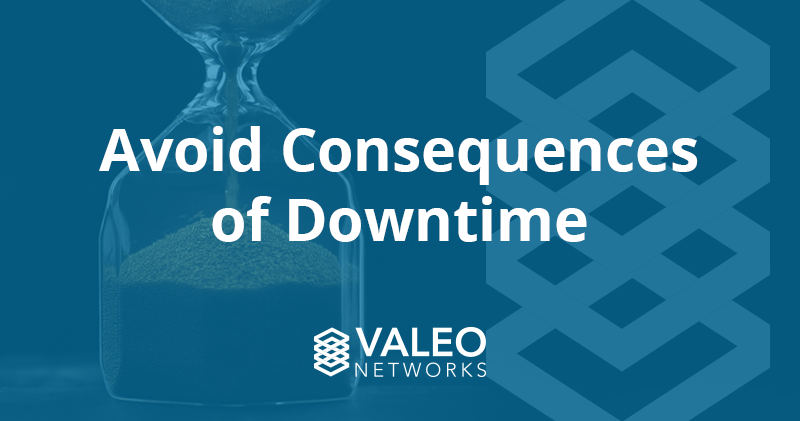What is Backup and Disaster Recovery?
In order to really minimize the chance of extended downtime for your business, it’s important to understand and implement a backup and disaster...
Over the past few years, technology has really come a long way. Tape and disk backup used to be the best option for small/medium businesses (SMBs) to backup their data. Today there is a wide variety of backup, disaster recovery and business continuity solutions available that offer SMBs enterprise technology at affordable prices. These solutions are easier to manage, more reliable and can save your company from losing vital data and experiencing costly downtime. These business continuity solutions are changing the backup game and it’s important to understand the differences between the two.
| TRADITIONAL BACKUP • When it comes to recovering data, tape failure rates are between 41-72% • Backup speeds are slower • High risk of human error due to manual administration • Potential for theft or loss of media • Difficult to test a backup before a recovery situation occurs • Time consuming and expensive to have copies of backups or have backups stored in more than one location • Recovery process is established after a serious event occurs • Limited options for encrypting data • Can take hours, days or even weeks to get data back after a disaster • Only allows for sequential data access; no random access available • Storing large amounts of data requires an equally large amount of space • There is no backup for your backup with tape and disk solutions. Even if data tapes/disks are secure off-site, if a disaster is severe, the original backup system may also be destroyed |
BUSINESS CONTINUITY • Eliminates downtime in the event of a disaster by allowing your business to fail-over to a secure cloud • Bring up and restore specific files or applications through a remote web interface • Redundant backups in three different locations: local server or workstation, local BDR appliance and off-site data centers • Very low risk of corrupted backups or data loss • Full automation of backup process; very little management needed • Off-site backups stored in SAS70 Type II data centers (most secure rating possible) • Automated snapshots of backups are taken to ensure backups were successful and can be booted at any time • Downtime after a disaster is reduced from days or hours to minutes or seconds • Granular and Exchange Recovery Options • Immediate access to files, applications and email even if the local appliance or server is down • AES 256 and SSL key-based encryption |
Contact us today to find out more.


In order to really minimize the chance of extended downtime for your business, it’s important to understand and implement a backup and disaster...
.webp)
As a business owner, you need to protect your assets. This includes the important data that you rely on for your day to day operations. Without...

On World Backup Day, we look to the increasing use of cloud technology for small to medium-sized businesses (SMB) and share how to best utilize the...

With cutting-edge technology and quality customer service,
you’ll find everything you need to help your company soar
with Valeo Networks.
1006 Pathfinder Way
Rockledge, FL 32955
Business Hours:
M-F: 8AM-9PM
© 2025 Copyright Valeo Networks. All Rights Reserved.